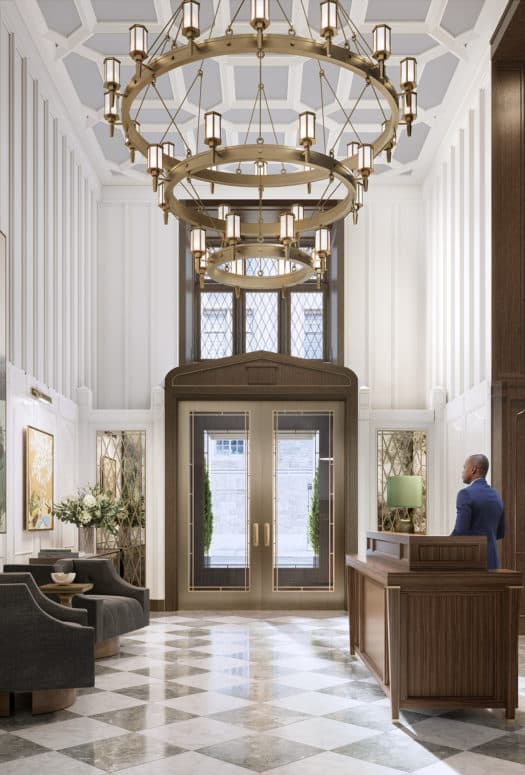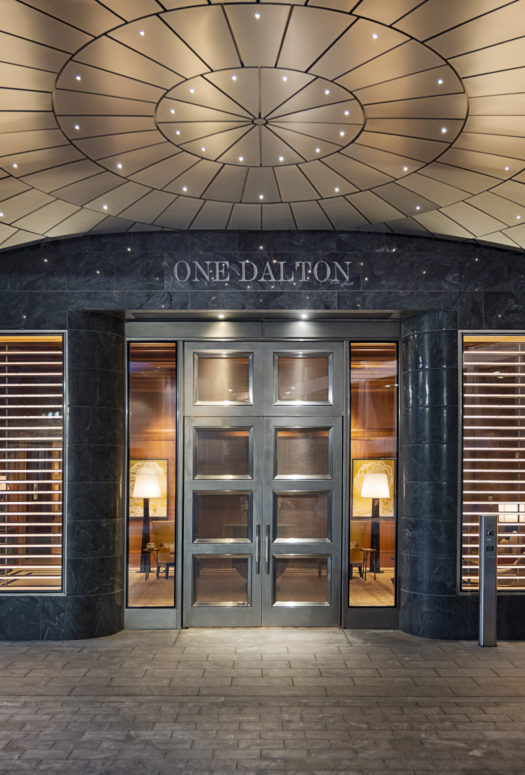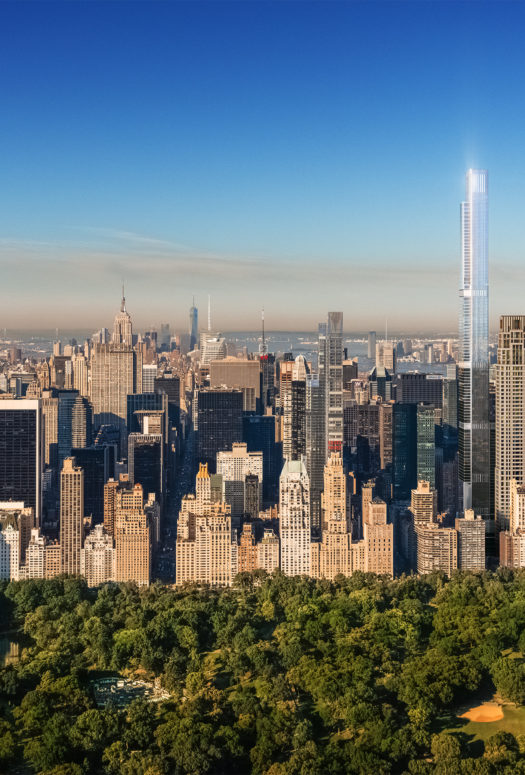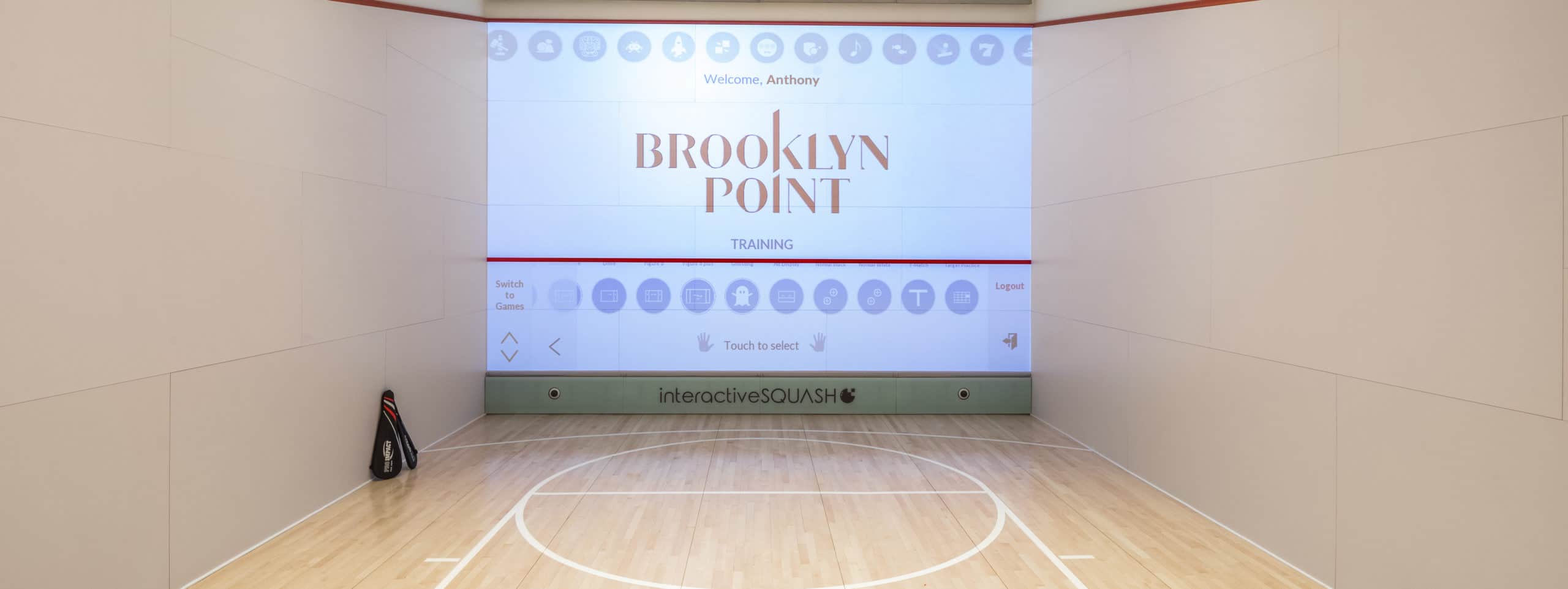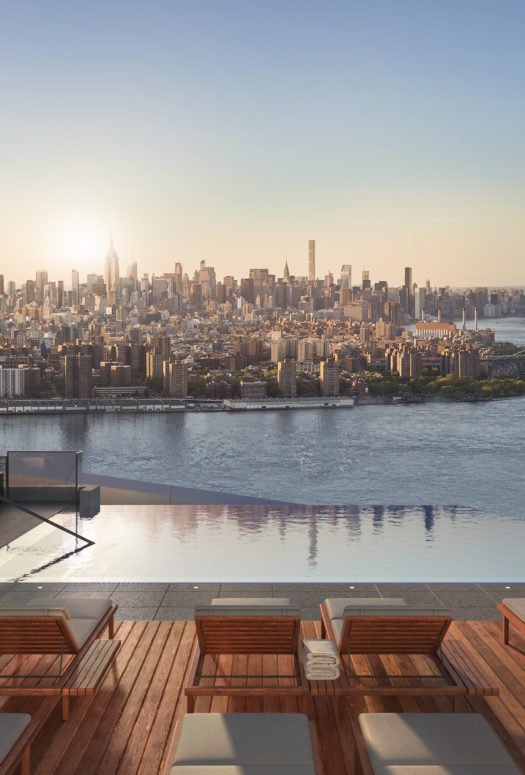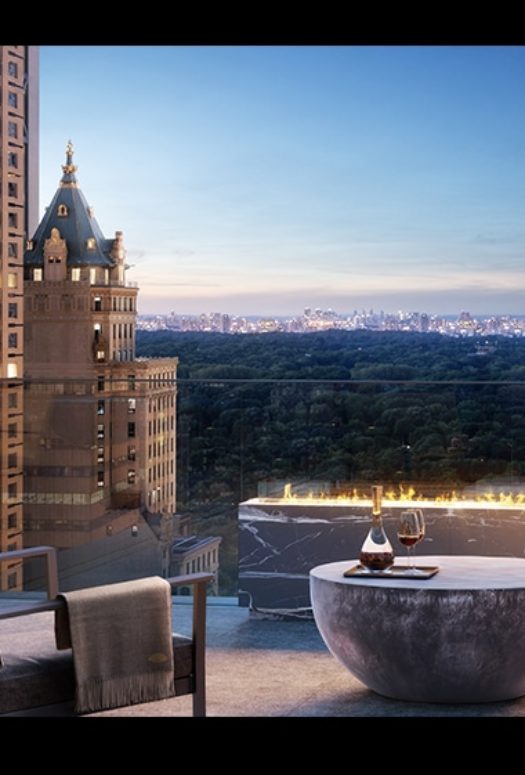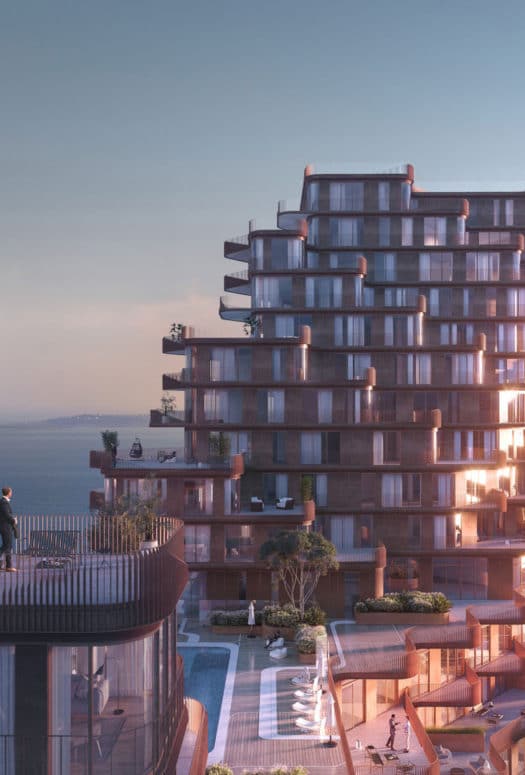Squash Is a Hit in New Luxury Developments
By: LX Collection
It’s time squash had its moment in the sun. Originally birthed as a variation of tennis in the mid-19th century, the sport has been a quiet leader in recreation for generations while maintaining a low profile in the U.S. But as squash lobbies for inclusion in the Paris Olympics 2024 and fans eagerly await the return of the annual Tournament of Champions in Grand Central Station, the sport has gained a strong foothold in many of the most desirable residential properties. Traditionally exclusive to private clubs and single-family residences, squash courts are increasingly in demand for metro-dwelling buyers.
“We’ve had people seek us out specifically for it,” says Meg Brod, senior vice president and regional development officer, Northeast Region, for Rockefeller Group, speaking of Rose Hill, the bold new residential tower in NYC’s NoMad. Programming for classes or private lessons is led by SquashRx, Manhattan’s leading training facility founded by Cornell University squash champion Brian Mathias.
Over at Brooklyn Point, one of the city’s most comprehensive and impressive new developments, squash is only one option among the 40,000 square feet of amenities, but it has proven to be a particular draw for residents. “We have a lot of players living here, and a lot of people come for it,” observes Ari Goldstein, senior vice president of development at Extell, referring to the interactiveSQUASH facility. The tech program transforms any court space into a smart court via projection, tracking players’ moves, running accuracy drills, and stimulating play from pro-level to beginner. But the gaming interface isn’t only suited for adult target practice—it’s a multiuse interactivity program for smaller children to hone math skills, entertain themselves, and burn off excess energy all at once. (It’s also the only interactive squash court within the city’s condominiums.)
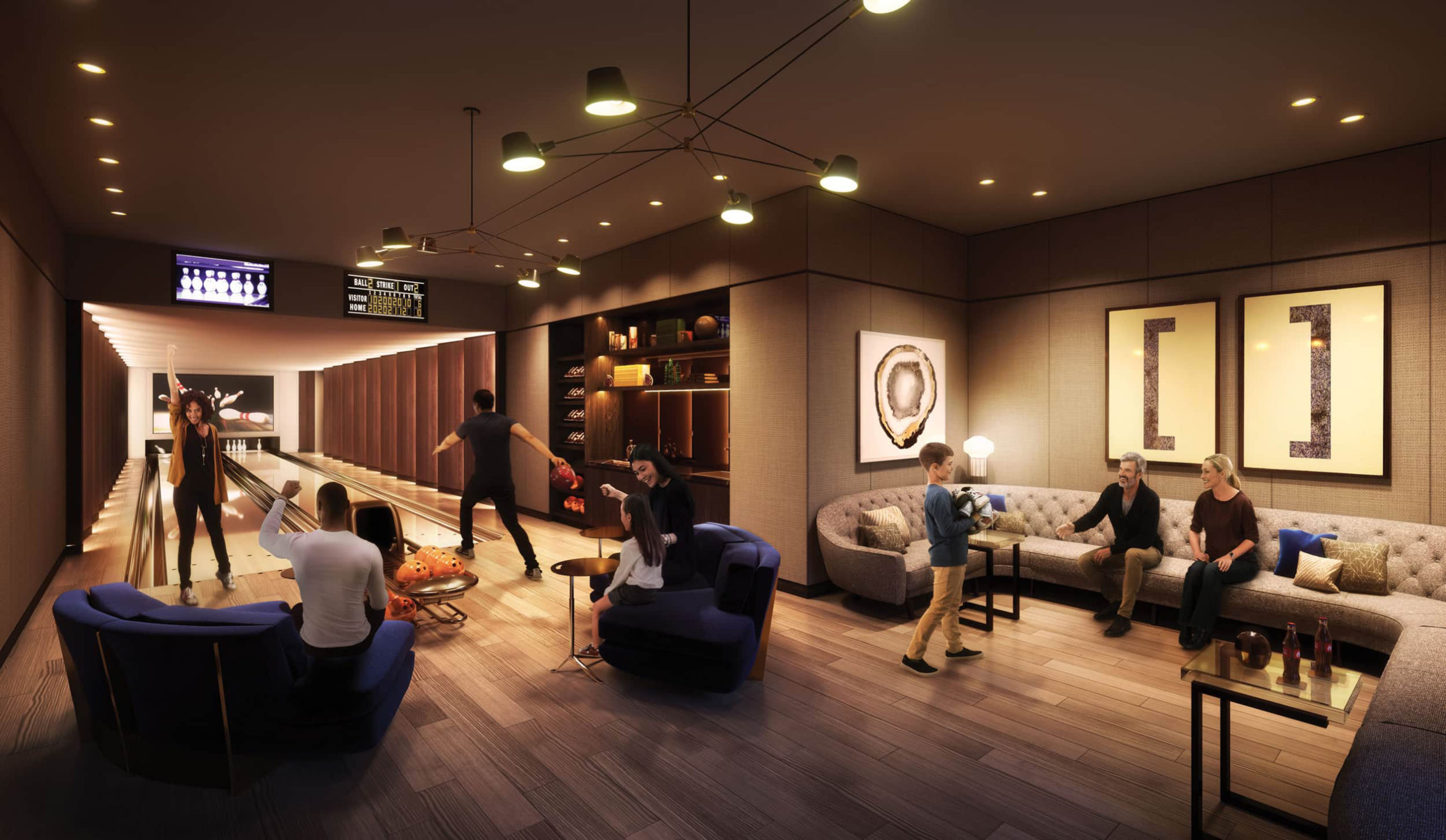 Bowling Alley at One Manhattan Square, New York, NY.
(Photo Credit: Extell Development Company)
Bowling Alley at One Manhattan Square, New York, NY.
(Photo Credit: Extell Development Company)
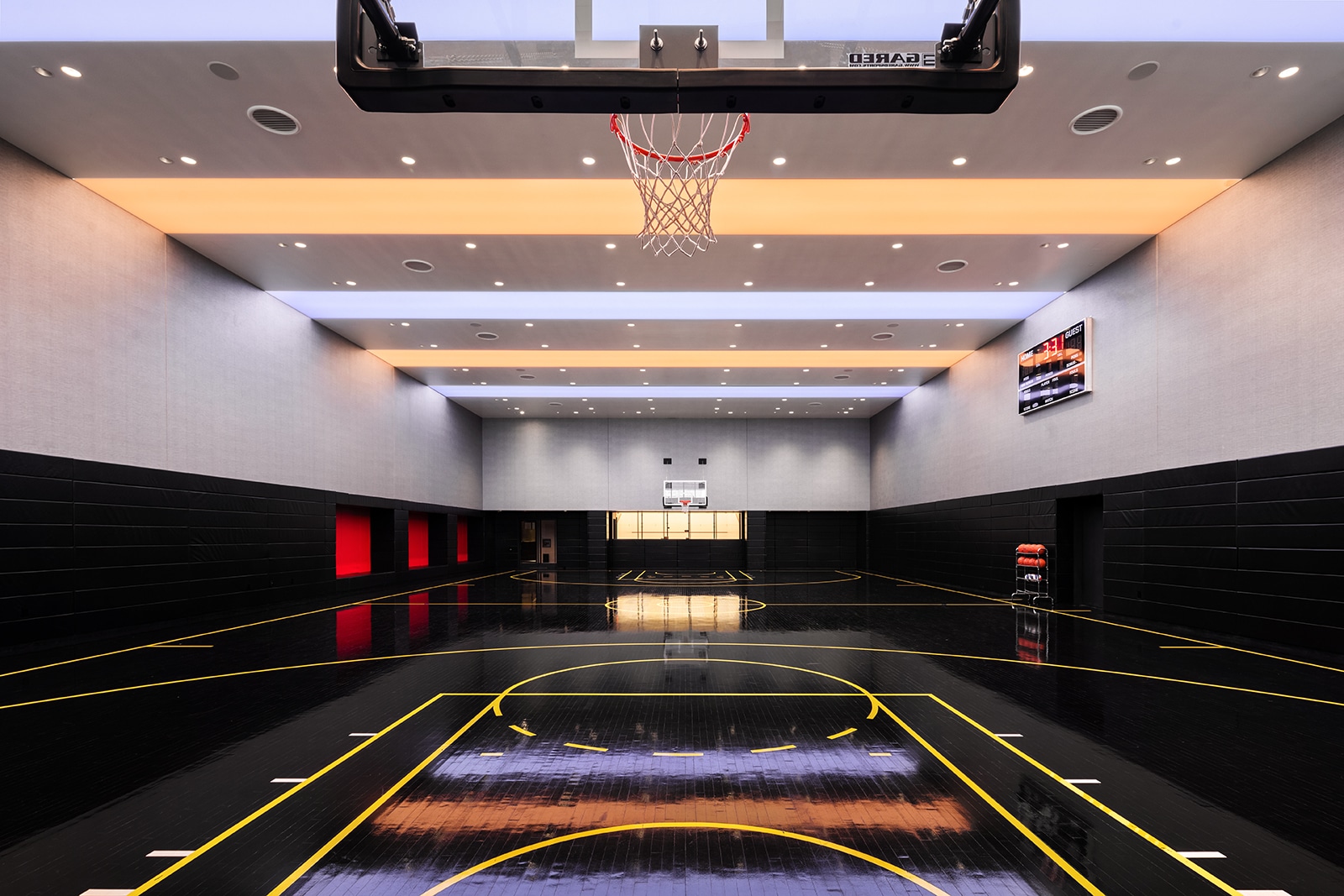 Basketball Court at One Manhattan Square, New York, NY.
(Photo Credit: Extell Development Company)
Basketball Court at One Manhattan Square, New York, NY.
(Photo Credit: Extell Development Company)
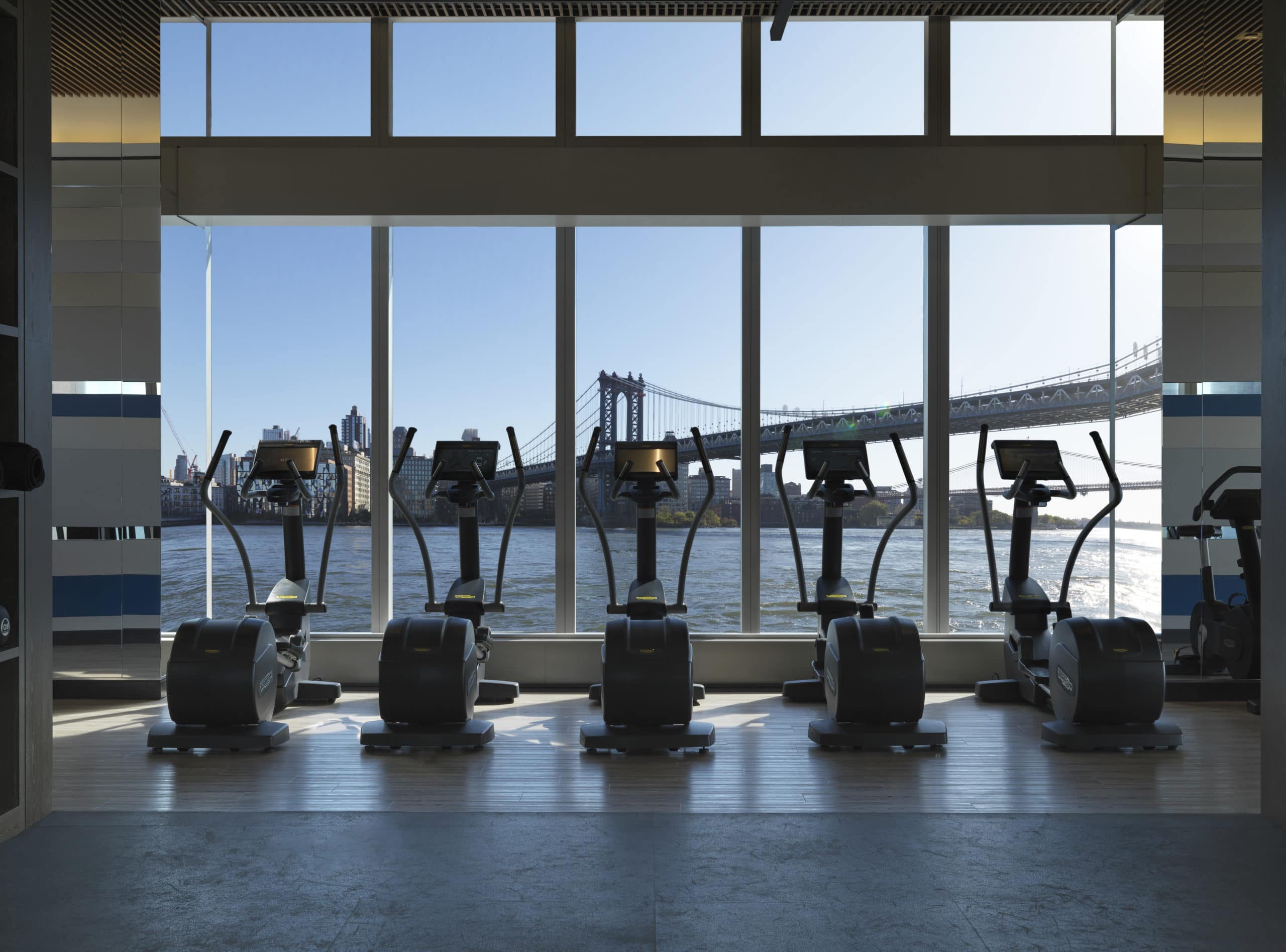 Fitness Center at One Manhattan Square, New York, NY.
(Photo Credit: Extell Development Company)
Fitness Center at One Manhattan Square, New York, NY.
(Photo Credit: Extell Development Company)
A robust spectrum of fitness offerings for every demographic is also a focus at One Manhattan Square, where the court and other amenities, including a state-of-the-art golf simulator, bowling alley, and hammam with cold plunge pool, push the boundaries of standard offerings; and at Waterline Square, designed by Richard Meier & Partners, KPF and Rafael Viñoly, on Manhattan’s West 61st Street, where the amenities shared by the three-tower luxury residential development are the brainchild of Rockwell Group and developer GID.
“There’s something for residents of every age and interest—and that was certainly our intention,” says James Linsley, president of GID Development Group for Waterline Square. “Our sports selection is unrivaled, and we included a dedicated squash court because it’s a lifelong sport and a perfect complement.” The court has proven to be a specific draw for potential residents here as well, Linsley confirms.
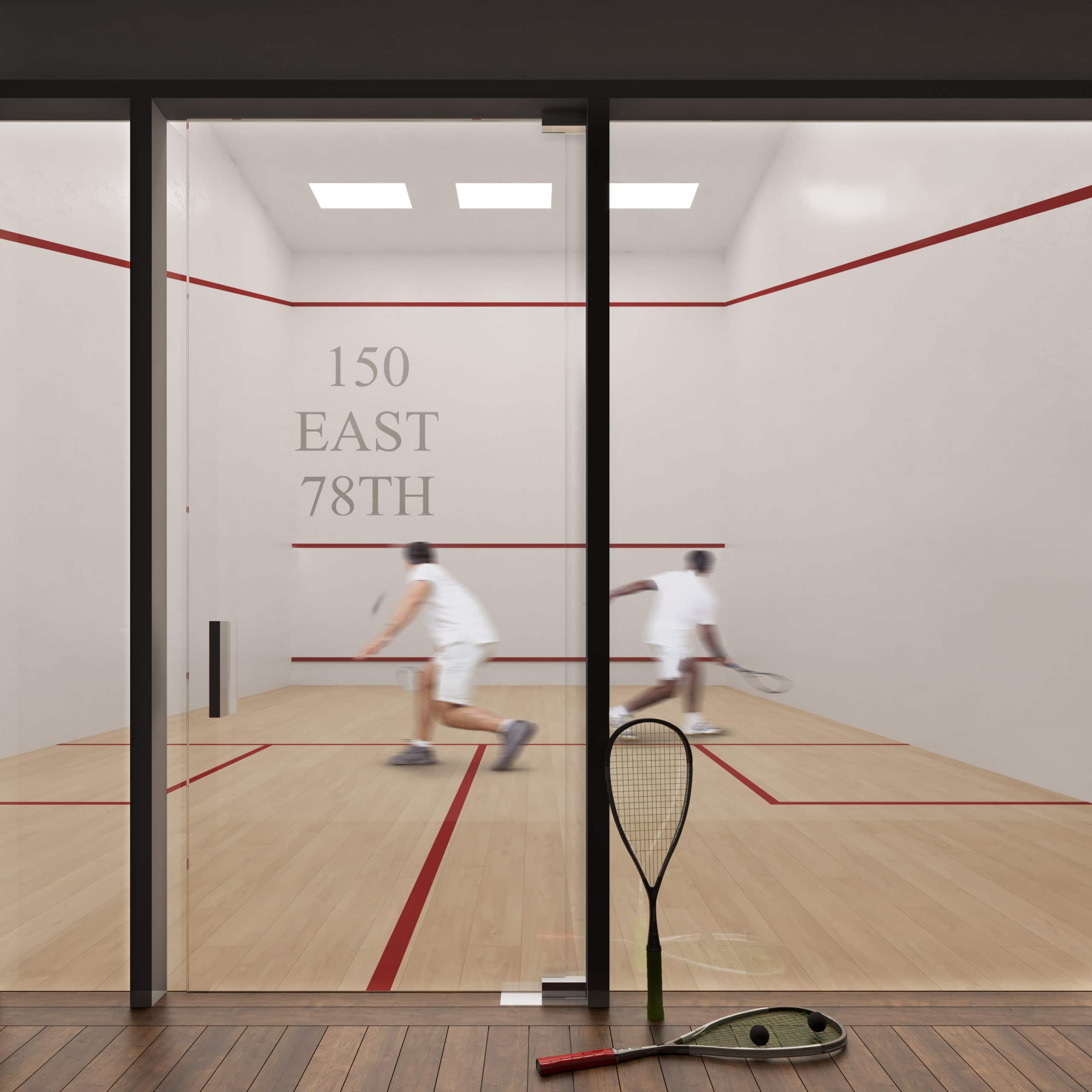 Photo Credit: 150 East 78th Street
Photo Credit: 150 East 78th Street
One of the challenges of creating a holistic lifestyle space is meshing functional areas with a building’s more refined aesthetic. The court at The Quinn, the red-brick beauty by Robert A.M. Stern in Boston’s South End, is the product of careful attention to preserving style. Andrew Hayes and Mark Donegan of Related Beal worked closely with design firm Meyer Davis to bring in the warm wood and blackened steel accents throughout the building. “It’s a regulation, functioning court, but we elevated the space from a generic white box with our use of surrounding materials,” explains Donegan. RAMSA also incorporated a court into The Athletic Club at their Robert Couturier collaboration on Manhattan’s Upper East Side, the modern classic 150 East 78th Street.
Brooklyn Point called on Toronto-based firm Katherine Newman Design to keep the technical aspects precise while making the space special, says Ari Goldstein. “We worked with KND on other properties, and we wanted to bring that quality of design and attention to detail to the Brooklyn marketplace,” he explains. “Katherine used a hybrid of industrial aesthetic with particular refinements of imported stone, copper, and midcentury modern detailing. Even the floor has exactly the right bounce.”
Designating precious square footage to ever-expanding amenities, whether they involve groundbreaking tech or timeless pastimes or both, has become a requirement. As David Rockwell says of the Waterline Square project, “We’re living in a world in which the boundaries between where we work, where we play, and where we live are much thinner and much more fluid. We had a chance to go back and forth about how this [property] would break the mold of other amenities that are offered in this city.”


